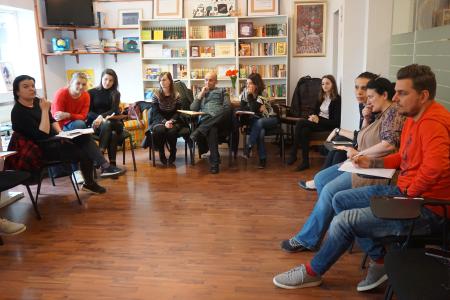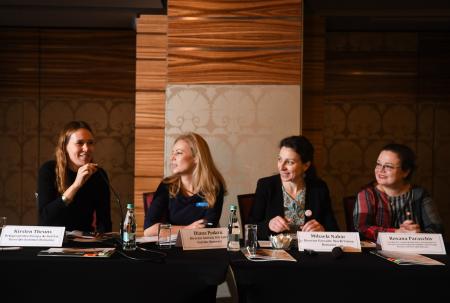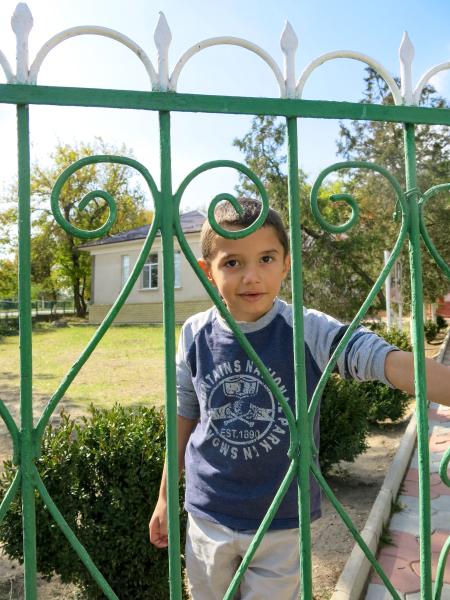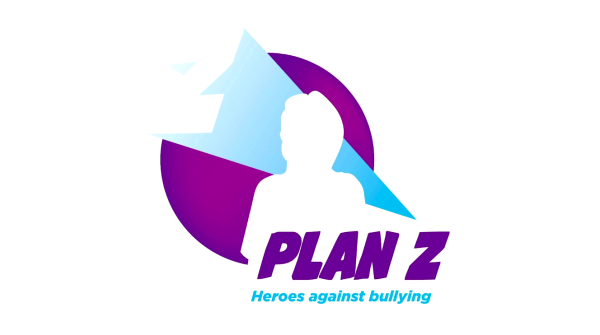Until recently, in China binding girls' feet was widely practiced, with the price of irreparable physical deformation. This was the tradition; delicate, small strides was a norm of femininity culturally imposed for centuries. In other cultures, for long periods of time, mothers overfed their daughters to make them overweight with high risks to their health. This was the tradition; it was the model of beauty that increased the chances for a successful marriages. Even today, as a form of control over the sexual activity of girls, genital mutilation is still practiced in some places in Africa or the Middle East. This is the tradition, rituals and cultural habits. Roma often encourage early marriages between minors. Girls get married at 14 or 15 years old, become mothers and drop out of school. That's the tradition in these communities. Most of the world's victims of domestic violence are women and children. That's the way the world has been: beating is next to godliness!
Examples of gender-based violence continue. Polygamy, honor killings, sexual abuse, human trafficking, selective abortions and other forms of gender discrimination make victims of girls and women in different countries. Tradition and cultural customs can be invoked to rationalise this behaviour.The danger of such a position lies in its strictly descriptive nature; it makes us passive as a society in the face of serious violations of fundamental human rights. In the name of a conservative multiculturalism in which respect of the differences between cultures does not allow the questioning of the negative effects of cultural customs, the victims of many forms of violence are left to fate. We sometimes tolerate differences in cultural norms and customs even when they affect the physical integrity of some people because we are convinced that we have nothing to do with it, or that intervening might restrict the freedom of expression of others. We often have an air of superiority, attributing such excesses to less developed countries.
Manifestations of gender-based violence have occurred and are occurring in both Third World and developed countries, but they cannot be accepted in the 21st century on the grounds of cultural diversity. Multiculturalism, itself a generous concept, can create victims without nuances.
The differences between cultures must be respected and celebrated, especially in the age of migration, as long as they do not in any way affect the physical, mental, emotional, and economic integrity of certain categories of the population, and as long as, in the name of these differences, there are no violations of fundamental human rights—the right to health, the right to physical, economic integrity, the right to freedom, etc. Now, in the 21st century, we have international conventions and regulations built and negotiated with effort over the years that protect us all from potential abuses and violations of human rights. We must continue to respect our cultural particularities, without becoming their collateral victims. Beating, harassment and sexual violence, trafficking, forced labor, violence of any kind against children and women in particular, are not part of the construction of a multicultural world in which we all want to live.
Author: Laura Grünberg, University Professor Doctor at the University of Bucharest, Faculty of Sociology, founding member of Society for Feminist Analyses AnA, expert on gender issues and literature writer for children.
This article has been prepared and published as part of the thematic package by Terre des hommes Romania, within the regional project 'Building Relationships through Innovative Development of Gender-Based Violence Awareness in Europe - BRIDGE'.
The BRIDGE project is implemented under the lead of the Terre des hommes Regional Office for Europe together with partners from Belgium (Defense for Children International DCI-Belgium and FEDASIL), Greece (ARSIS), Malta (Kopin) and Romania (Tdh Romania), and has the general objective to strengthen the statutory response to GBV affecting children and young people on the move in EU countries.
The BRIDGE project is supported by the European Union’s Rights, Equality and Citizenship Programme (2014–2020).
The content of this article represents the views of the author only and is his/her sole responsibility. The European Commission does not accept any responsibility for use that may be made of the information it contains.























